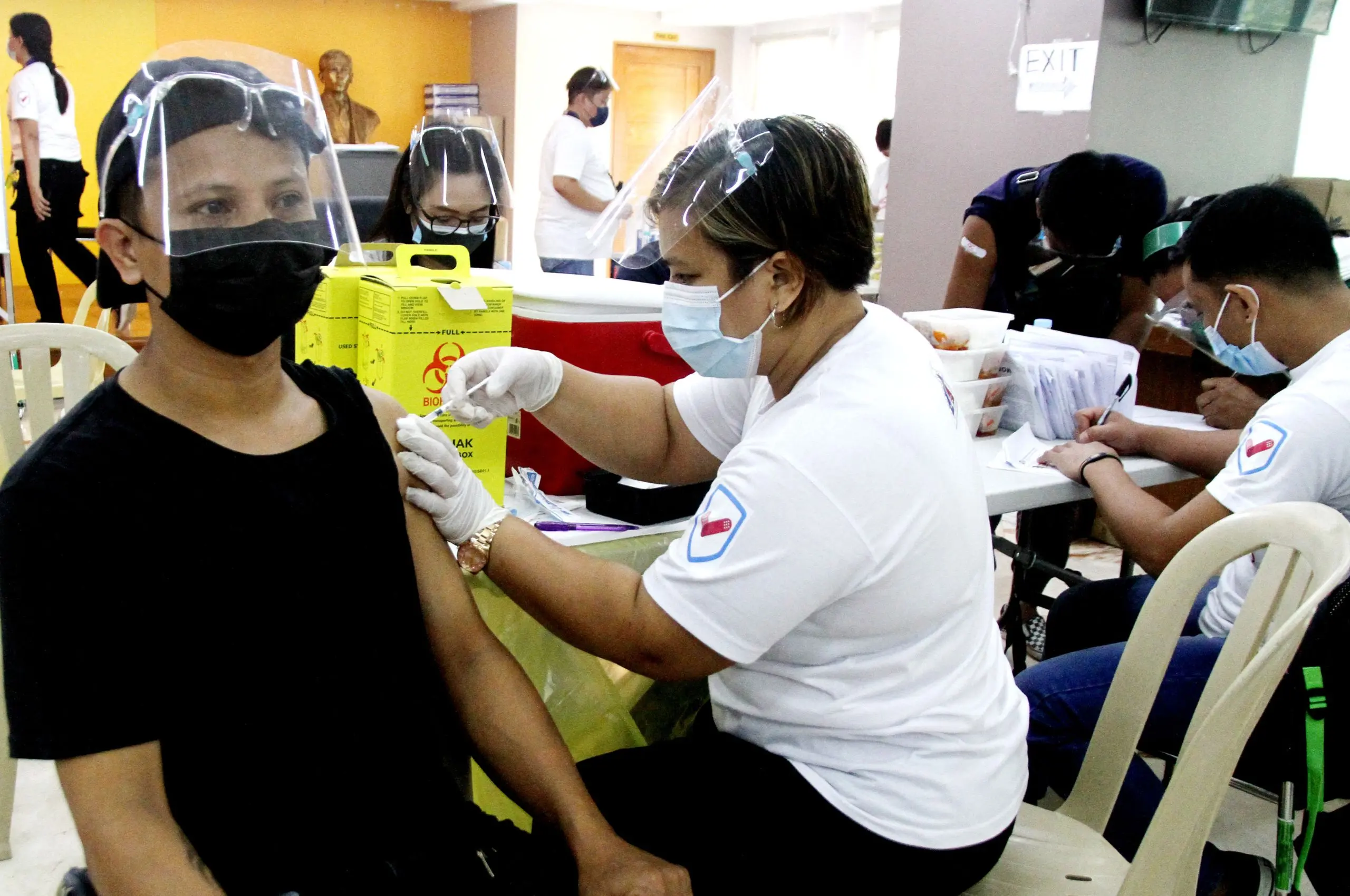The Department of Health (DOH) reports that the Philippines has seen 1,774 COVID-19 cases for the year so far, a long way from the 14,074 recorded for the entirety of last year. Meanwhile, cases are rising in other parts of Southeast Asia, but the DOH says this is no cause for concern.
In a statement released on Saturday, May 17, the DOH said that it is “actively monitoring COVID-19 trends, including the recently reported increases in specific areas of Southeast Asia.”
“We are actively coordinating through established mechanisms like the ASEAN,” the DOH said. “This gives us verified information, boosting readiness even as we see no cause for alarm.”
According to them, the country’s case fatality rate is “only 1.13 percent.”
Around Southeast Asia, Thailand has recorded 71,067 COVID-19 cases from the beginning of the year to May 14, according to Thai media outlet The Nation. It is noted that the spike in cases follows Songkran, the Hindu and Buddhist New Year, from April 13 to April 15, which saw large gatherings.

In Singapore, infections were up to 14,200 by May 3 from the previous week’s 11,000, according to Singapore Ministry of Health (MOH). The MOH said, “There is no indication that the variants circulating locally are more transmissible or cause more severe disease compared to previously circulating variants.” It added that “periodic waves” of COVID-19 infections are expected throughout the year and that the increase in cases could be due to “waning population immunity.”
As for the Philippines, the DOH said it will provide more updates “should the situation evolve,” and reminded Filipinos in the meantime to exercise preventive measures like wearing face masks in healthcare facilities, staying home when sick, covering the mouth and nose when coughing or sneezing, regular hand washing, and seeking consultation for early symptoms.





